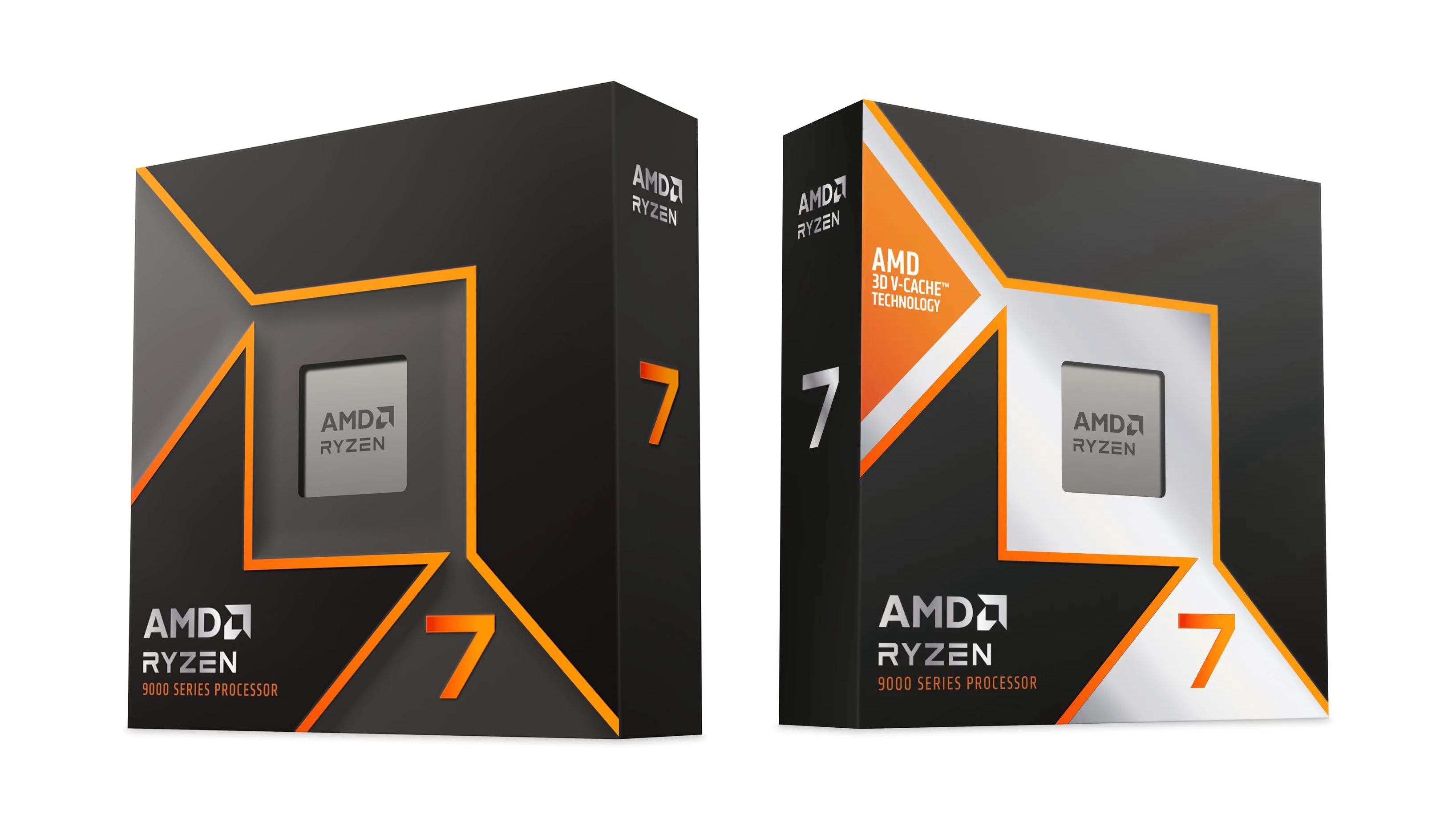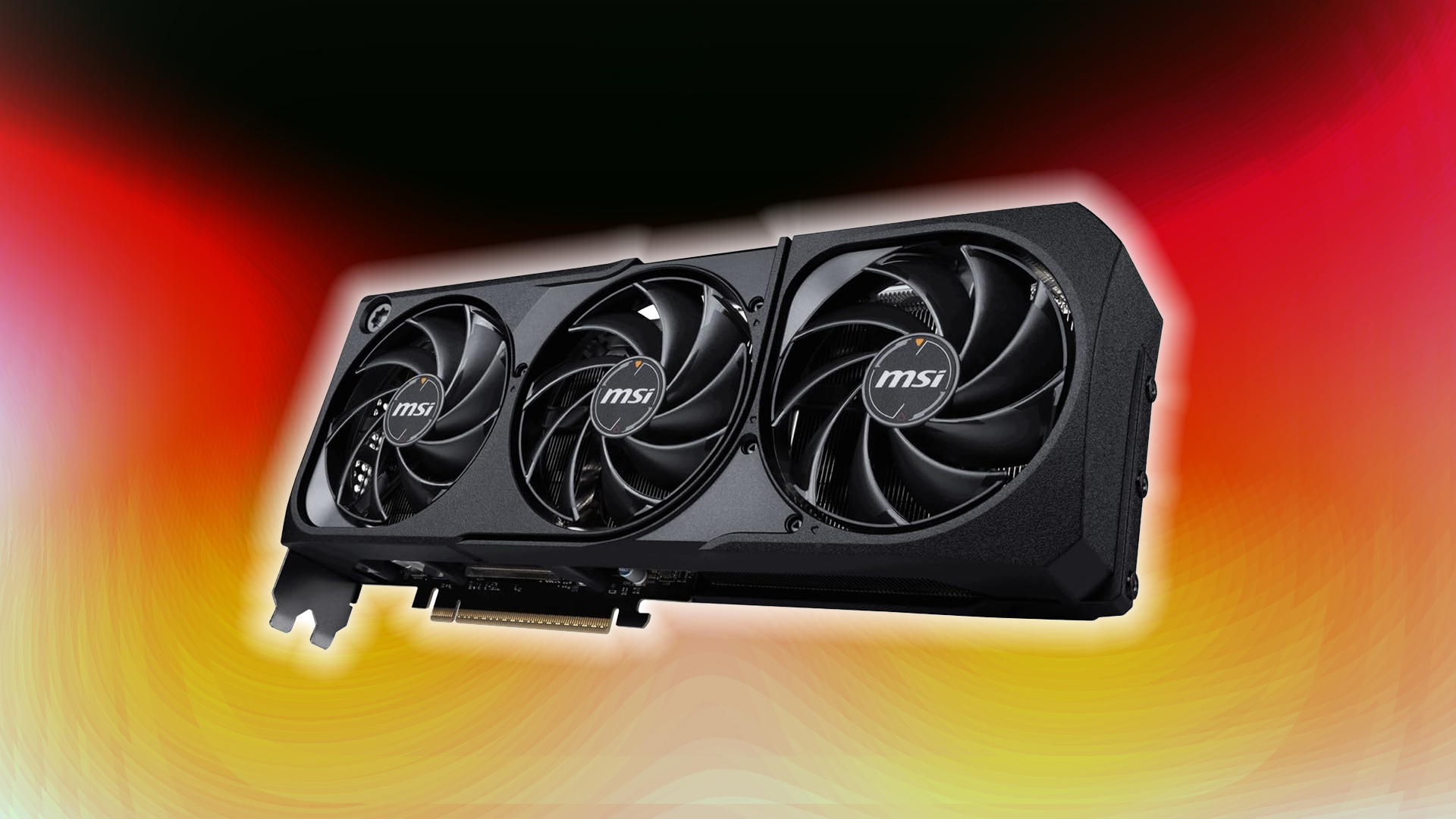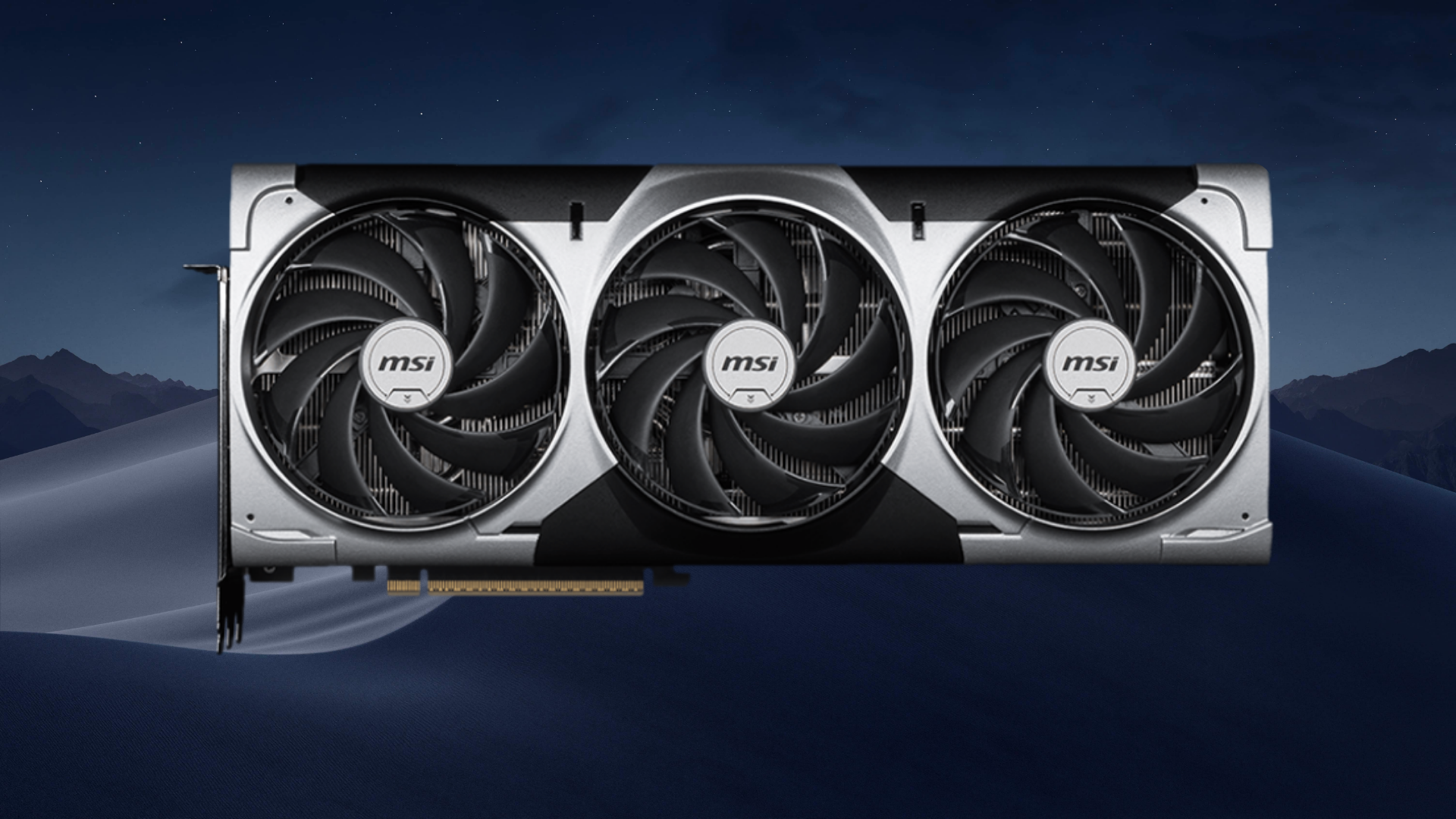This article identifies critical factors a gamer needs to consider before buying a gaming controller for their needs.
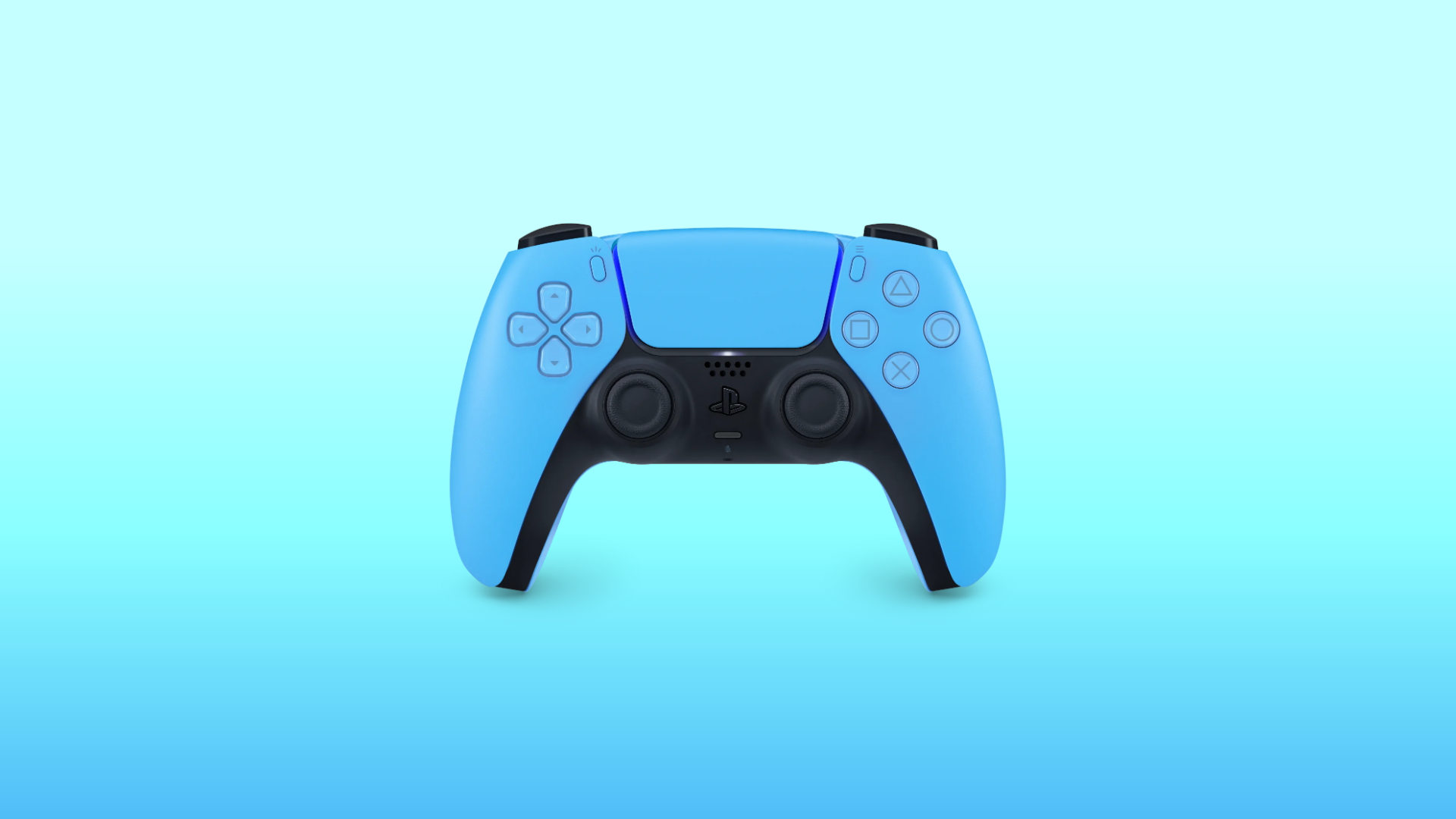
Controllers have evolved dramatically in recent years. They now offer diverse options tailored to different playstyles across multiple gaming platforms. Selecting the best controller for your needs requires technical knowledge and ergonomic preference. While looks and skins can be easily bought from third-party stores, you need to consider the critical factors influencing the diverse controller selection, mentioned below.
Gaming Controller Compatibility and Platform Integration
The core fundamental within a controller is its compatibility with your existing platform. The Xbox Wireless Controller remains the gold standard for PC gaming due to its native integration with Windows. Sony’s PlayStation controller also supports PCs but requires a lot of tweaking from the user’s end, although Steam offers excellent compatibility. PlayStation controllers are always geared towards their own ecosystem, as games tend to leverage their haptic features consistently.
Third-party controllers, like the 8BitDo Ultimate and GameSir T4 Kaleid, are also available. These tend to bridge platform gaps by offering switchable input modes (X-input / D-input). Still, proprietary features such as adaptive triggers and aiming with the gyroscope will likely be platform-locked.
Ergonomics and Comfort
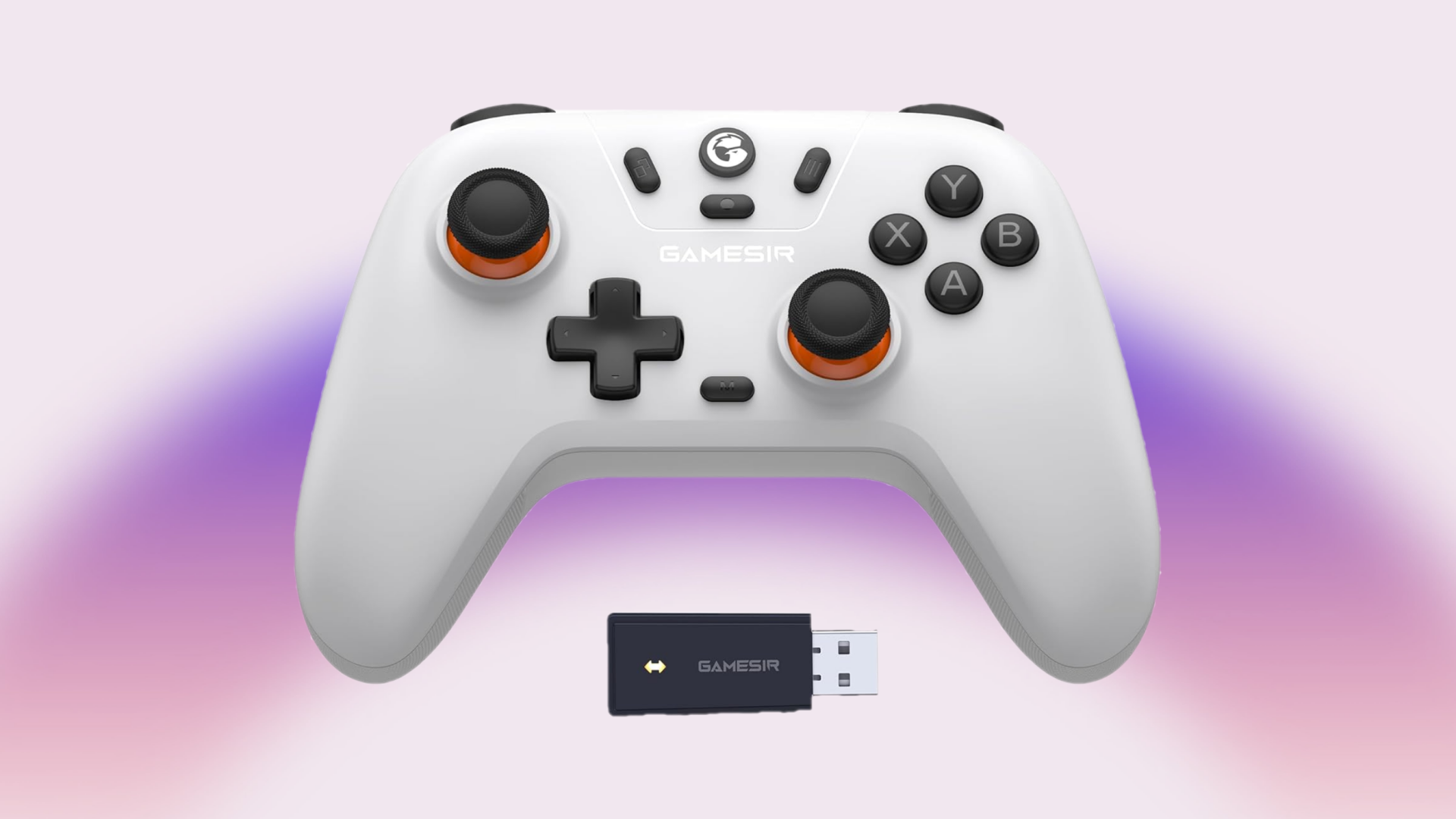
Ergonomics and comfort are the most important and decisive factors for any gamer. The Xbox Wireless Controller possesses an asymmetrical thumbstick layout and textured grips, which help a lot in prolonged gaming sessions. Sony’s DualSense Edge also offers the same level of comfort. Weight distribution also matters a lot in the premium segment. Models like the Microsoft Elite Series 2 aim for stability, whereas the Game Sir G8 Gallileio goes for portability for mobile gaming.
Preference for this particular topic is a key factor in choosing a controller. The Victrix Pro BFG’s modular design allows players to swap thumbsticks and D-pads, based on their gaming choice. The CKRD Atom prioritizes portability but lacks analog inputs.
Build Quality and Durability
Durability comes next after ergonomics. Hall effect sensors featured in the Gulikit KK3 Max and Razer Wolverine V3 Pro eliminate stick drift using magnetic fields instead of physical contacts. This helps increase the controller’s endurance; similarly, the switch buttons in the EasySMX X10 and Razer Kishi Ultra offer tactile feedback and a claimed lifespan of about 5 million presses.
Materials also matter a lot. The Thrustmaster Warthog’s metal construction is built to withstand rough use throughout. Considering budget options, the PowerA OPS V3 Pro might exhibit cracking plastic under rough use. All things considered, a good controller also requires water-resistant coatings, braided cables (for wired ones), and reinforced connectivity ports.
Feature Set and Customization
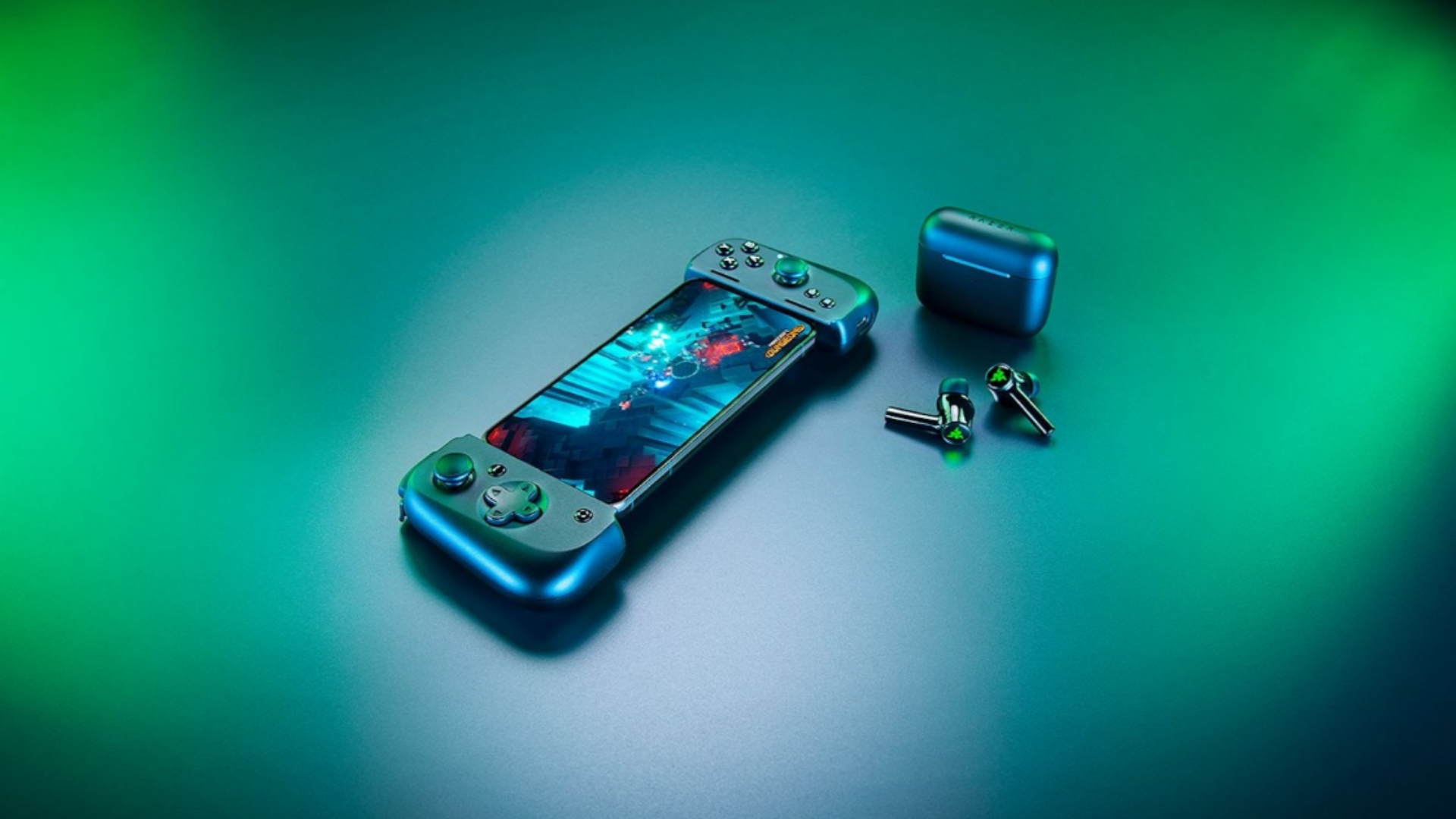
As mentioned, controllers have evolved a lot in recent years. Here are a few highlights showing the changes:
Haptic Feedback and Adaptive Triggers: Sony’s DualSense precision vibrates and simulates texture like gravel or rain. The adaptive triggers resist pressure during bowstring pulls or accelerating in any vehicle. With proper developer integration, the gameplay experience truly feels next-gen.
Programmable Inputs: Xbox Elite Series 2 and DualSense Edge allow complex inputs without lifting thumbs off sticks. This is crucial for competitive gaming as it can give the gamer a lot of flexibility. Azeron Cyborg II takes customization to the next level, allowing for 30 remappable keys and adjustable palm rests.
Polling Rates and Latency: Wired controllers like the Turtle Beach Stealth Ultra achieve a 1000 Hz polling rate, which significantly reduces latencies over any wireless solution.
Wireless vs. Wired Connectivity
Wireless controllers offer extensive freedom but have many quirks, such as connection drops and latency. The Xbox Wireless Controller’s 30-hour battery life (with rechargeable packs) beats the DualSense’s 6-8-hour endurance. Wired alternatives like GameSir T4W limit mobility, but offer an uninterrupted gaming session.
Conclusion
The 2024–2025 market emphasizes modularity and cross-platform compatibility. Although the more you pay, the more you get, this is a universal rule in almost everything; budget is also a big factor. Mostly, if you are in the market and looking for a good budget option, 8BitDo Ultimate 2C will fit that purpose without costing a fortune. However, if you are looking for features like incredible haptic feedback and adaptive triggers, it’s going to be really expensive. Wireless controllers are great, but they cost a lot more than wired ones. The choice is simple: whatever suits your budget, go for it.
Looking For More Related to Tech?
We provide the latest news and “How To’s” for Tech content. Meanwhile, you can check out the following articles related to PC GPUs, CPU and GPU comparisons, mobile phones, and more:
- 5 Best Air Coolers for CPUs in 2025
- ASUS TUF Gaming F16 Release Date, Specifications, Price, and More
- iPhone 16e vs iPhone SE (3rd Gen): Which One To Buy in 2025?
- Powerbeats Pro 2 vs AirPods Pro 2: Which One To Get in 2025
- RTX 5070 Ti vs. RTX 4070 Super: Specs, Price and More Compared
- Windows 11: How To Disable Lock Screen Widgets
 Reddit
Reddit
 Email
Email
